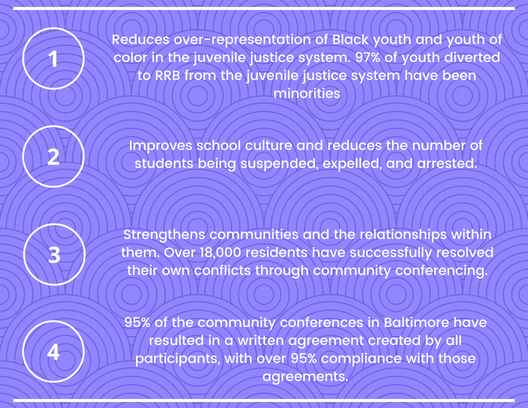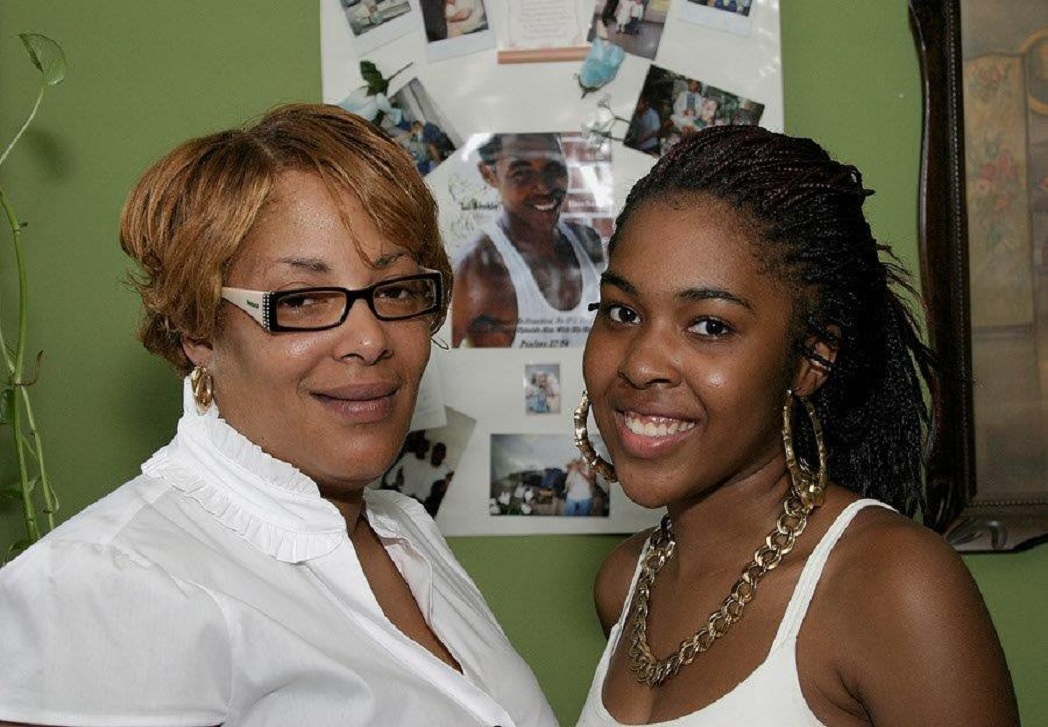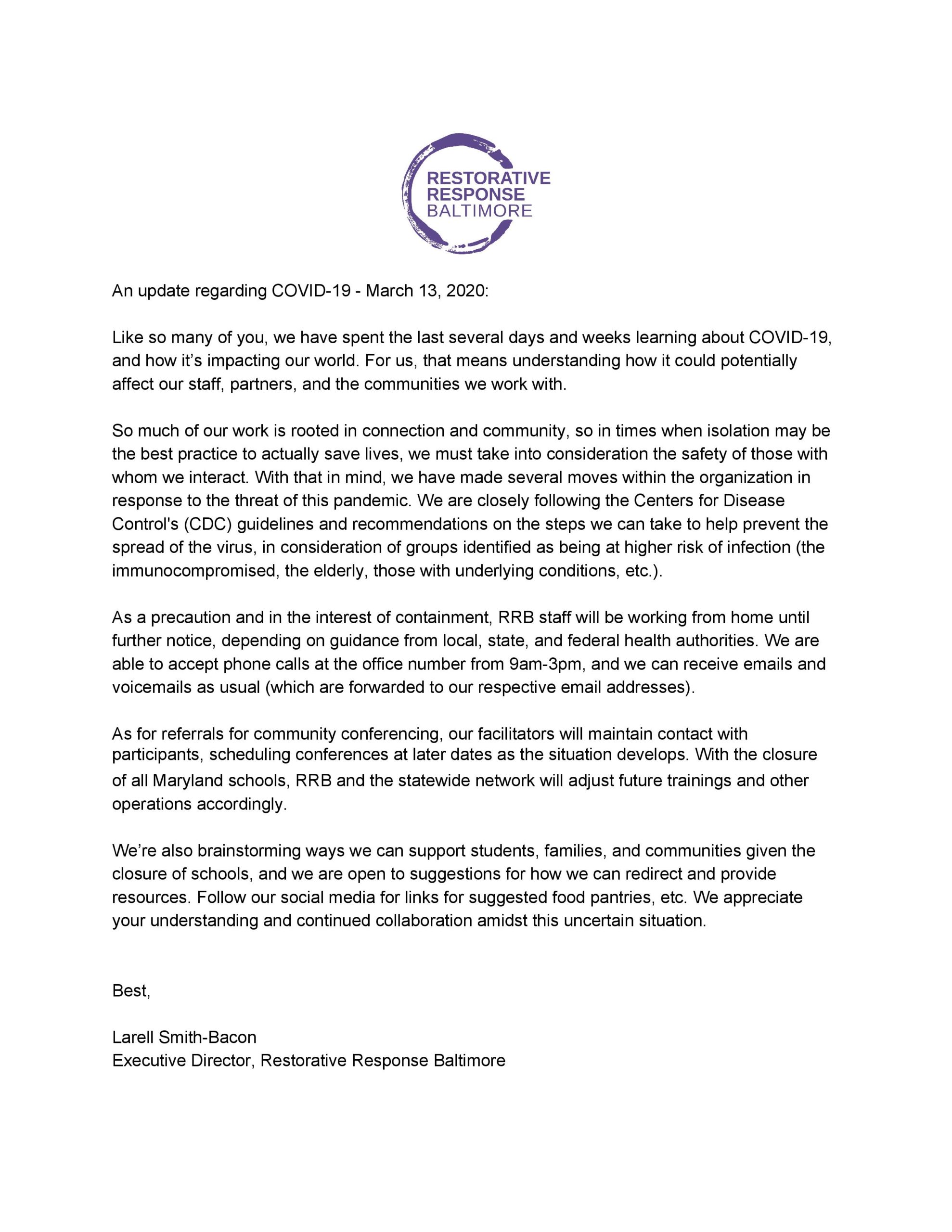Overview
Community conferencing allows crime and conflict to serve as a stepping stone to building community. Whether community conferencing is being utilized by the juvenile justice system, schools, courts, or neighborhoods, the result is the same: People in conflict come to understand each other better and find ways to repair the harm and move forward in a better way.
The impact is significant. Residents are co-powered to resolve their own conflicts, victims have a voice in deciding outcomes, and people young and old are directly engaged in public safety issues and are mobilized to find ways to build their communities based on relationship and accountability.
Immediate response
- Community conferencing can help resolve things in as few as two weeks.
- Community conferencing brings everyone together immediately after an incident, avoiding the sometimes lengthy wait for official action from courts or other institutions.
High Compliance / Accountability
- Everyone affected by the conflict decides how to resolve things, therefore compliance with sanctions is extremely high.
- 95% of the community conferences in Baltimore have resulted in a written agreement created by all participants, with over 95% compliance with those agreements.
Reduces over-representation of people of color
- Over 97% of the young offenders diverted from the juvenile justice system have been minorities, thereby providing youth of color with the same alternatives available to many Caucasian young offenders.
Improves School Culture
- Students are held directly accountable for their harmful behavior.
- Parents are included in deciding outcomes.
- Administrators report that for the first time, previously ongoing and intractable fights among students are “squashed” through the use of community conferencing
- The Daily Rap violence prevention tool developed by Restorative Response Baltimore has been taught to over 1500 Baltimore City School Teachers.
Teachers using the Daily Rap report:
- Better classroom behavior
- Improved ability to handle disruptive behaviors
- Stronger positive relationships between students
- Far better communication and problem-solving among students
Community strengthening
- Crime and conflict becomes a stepping stone to building a sense of community.
- Over 18,000 Baltimore residents successfully resolved their own crimes and conflicts through community conferencing.
- Those harmed are included in deciding outcomes, and report feeling that “justice was served.”



